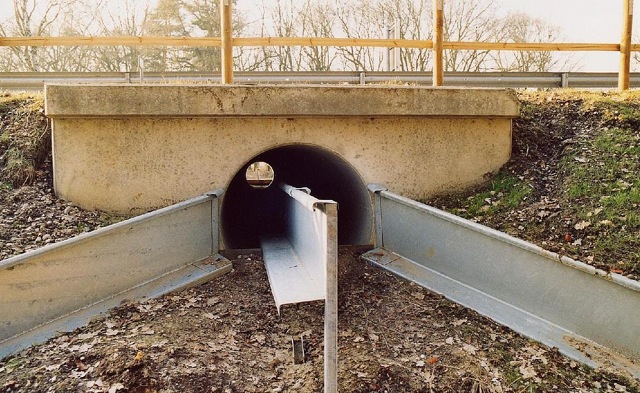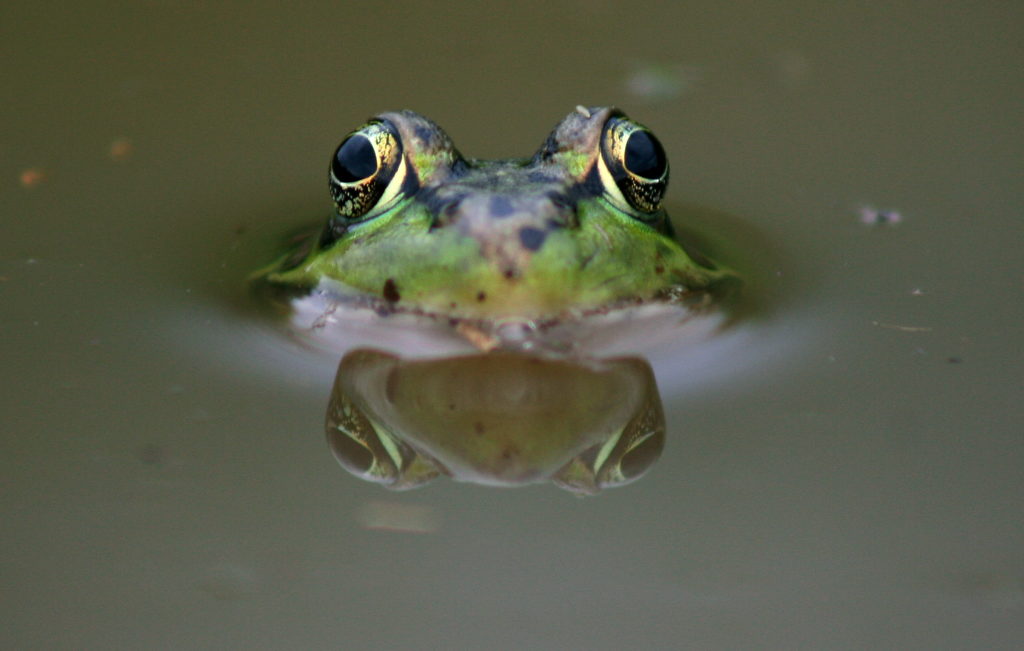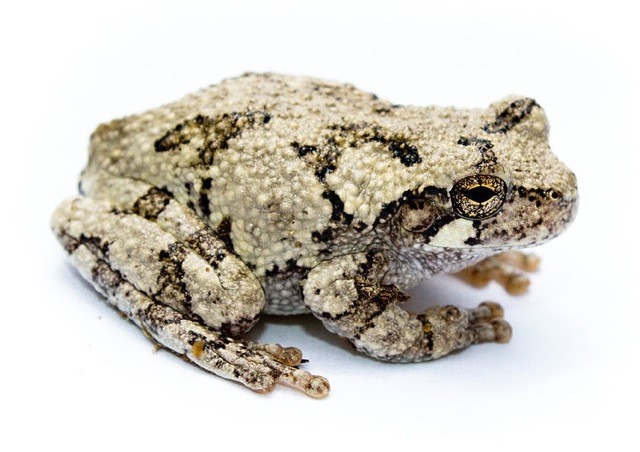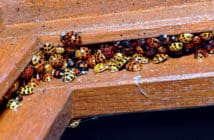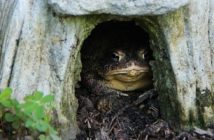Here are seven amazing facts about frogs. You may be pleasantly surprised!
Amphibians migrate
In the fall, frogs migrate down to the bottom of their breeding pond or stream. Salamanders go sometimes long distances from their breeding ponds to dry ground and burrow below the frost line. Newts migrate to wherever they can find protection from a hard freeze: rodent burrows, rubble heaps, compost piles, under fallen trees and logs. Toads migrate up to several miles from their summer breeding waters to higher, drier habitat and bury themselves. They often move in groups of hundreds or thousands.
Toad tunnels allow toads (as well as other critters) to safely cross from one side of a road to the other. Millions of toads are hit by cars every year. Naturalist John Serrao watched toads migrating one night across a road and counted 100 of them—95 were hit by cars. Another time he counted more than 700 amphibians smashed on just 200 yards (183 m) of road. This is one factor in the dramatic decline of amphibian populations.
Watch a frog eating a mouthful of food
What you’ll see is that it blinks repeatedly as the food goes down. Blinking pulls their eyeballs down to the roof of their mouth, helping to push food into their throat. Frogs’ eyes are different in another way, too—the lenses in their eyes focus by moving back and forth, like a camera lens. Humans and other mammals focus by the lens changing shape. Watch a frog’s eyes when it swallows
Frogs’ eyes come in many colors
A frog’s eyes might brown, green, silver, bronze, gold, or red, depending on the species. The eyes of Cope’s Gray Tree Frogs, Hyla chrysoscelis, shown below, beautifully compliment the colors of their body, don’t you think? They’re indigenous to the southeastern United States.
Hello, up there! Frogs in trees!
It may seem weird to think of frogs in trees, but there are frogs that spend most of their time there or in plants and tall vegetation. Tree frogs have long fingers and toes with disc-shaped tips that give them suction for superior grasping ability. In mating season, males make croak-like calls. Females lay eggs on a leaf above water. When tadpoles hatch, they fall into the water to develop into adults. Development time varies depending on the species.
“Ribbit Ribbit” — the true and only source of that famous frog sound
Vegas Valley Leopard Frog is lost and found
Long thought to be extinct after developers drained their habitat in 1942 to build Las Vegas, this frog has been found in Arizona as the species named Chiricahua Leopard Frog, Rana chiricahuensis. DNA sampling has shown the two species to be identical. That’s the good news. The bad news is that the Chiricahua is a threatened species, the population rapidly falling.
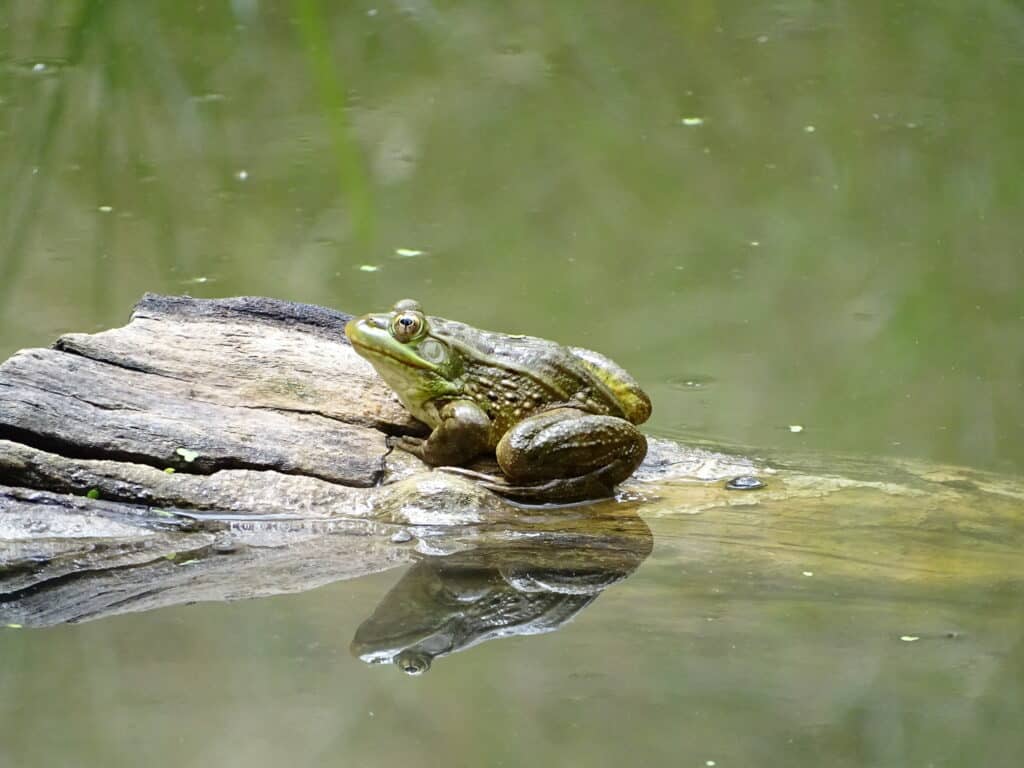
Vegas Valley Leopard Frog/Chiricahua Leopard Frog, Lithobates chiricahuensis (Mark Dorriesfield / iNaturalist; CC BY-NC 3.0)
This is one super-unique frog!
North American Wood Frogs, Rana sylvatica, are unique for their remarkable ability to survive freezing temperatures. These frogs can endure having up to 65% of their body water turn to ice during the winter. Muscle movement stops. Their heart stops. Breathing stops. Ice crystals form. But, amazingly, cryoprotectants, such as glucose and urea, in their body act like anti-freeze, protecting them from cellular damage. Once they thaw, the organs re-ignite as though nothing has happened! This adaptation allows them to become completely frozen, essentially entering a state of suspended animation until they thaw out in the spring. Wood Frogs are found across much of N.A., including Alaska.



